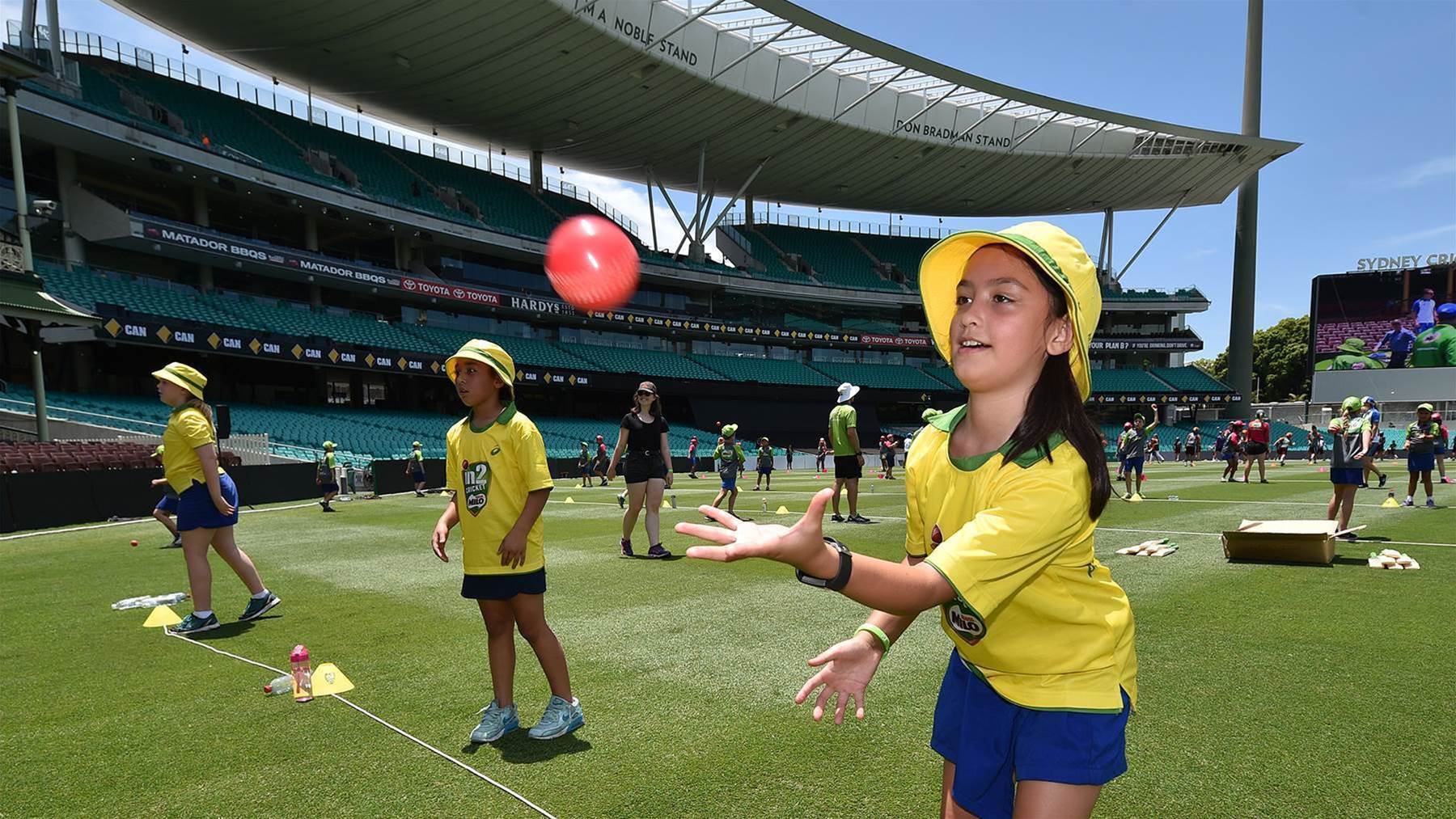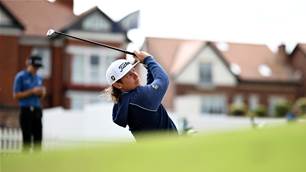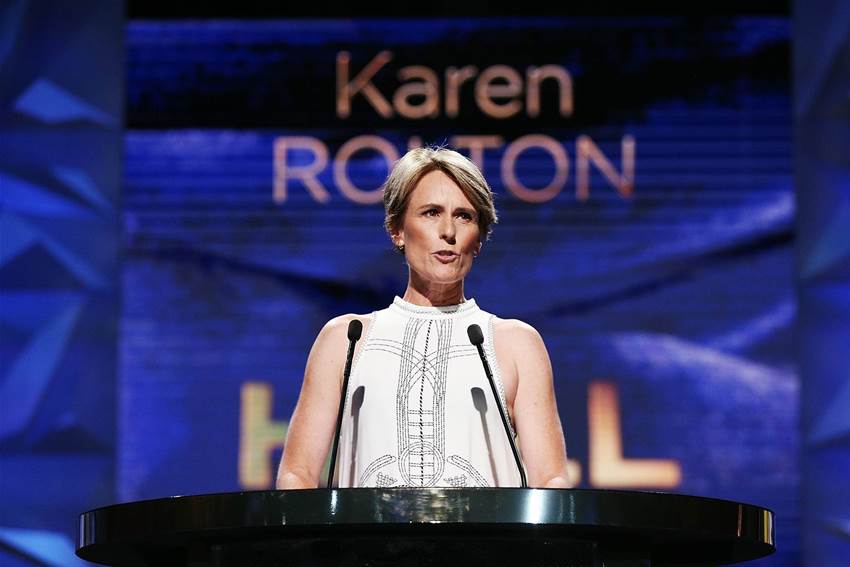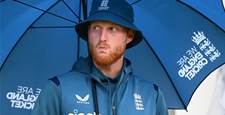Women’s cricket in Australia has improved immeasurably in recent years, and there seems to be no signs of slowing down.
“We don’t fund clubs that have three girls playing in an all-boys competition, we direct funding to those putting in girl’s teams because that’s what the girls told us they want,” Clark said.
“Young girls will play in a local competition that is directly linked with a WBBL club, which directly relates the junior experience to the WBBL.
“For a lot of girls that might mean playing in an all-girl’s competition on Saturday and then a boy’s competition on Sunday,” she said.
The elite pathways for women’s cricket are now well-established. From community cricket to representative cricket, to the national youth teams, the pathway is clear for young girls. However, realistically, most people that play the game will never be good enough to play at the top level.
As such, the next step for Cricket Australia is to increase the options for women that want to play socially.
“The biggest jump is for junior (cricketers) that are not good enough to play in a premier club,” Clark said.
 “Most people don’t go on to play for Australia, so we need to make sure that those people have the opportunity to play the game.
“Most people don’t go on to play for Australia, so we need to make sure that those people have the opportunity to play the game.
“That’s the bit that’s missing at the moment, but it’s a long-term build that most sports in Australia are working through,” she said.
The state of the women’s game in Australia has never been healthier, and the continued success of the women’s national team is a testament to that. There is no doubt that the continued development of grassroots and community cricket will further improve the strength and longevity of women’s cricket in Australia.
The Women in Sports Summit will take place at the MCG in Melbourne between August 21 and 23. The summit highlights the key areas where female audiences, athletes, and executives are growing and changing the business of sport.
Related Articles

Luck of the Draw

Harman hails lookalike Ponting as 'handsome fella'













